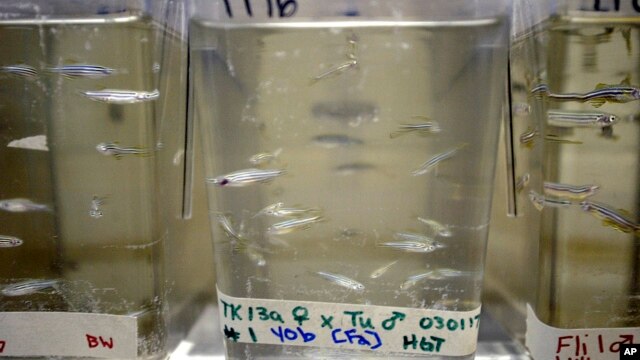&
☭proletarian☭
Guest
In addition, the technique, which uses a combination of electrode leads and silicon polymers, could be used to develop synthetic muscles to control other parts of the body. The new procedure is described in an article in the January-February issue of the Archives of Facial Plastic Surgery
Artificial muscles restore ability to blink, save eyesight
Combined with artificial materials that mimic bone and tendons and advancement in interfacing electronics with the nervous system, it might not be long before artificial limbs are nearly indiscernible from the tissues they replaced.

